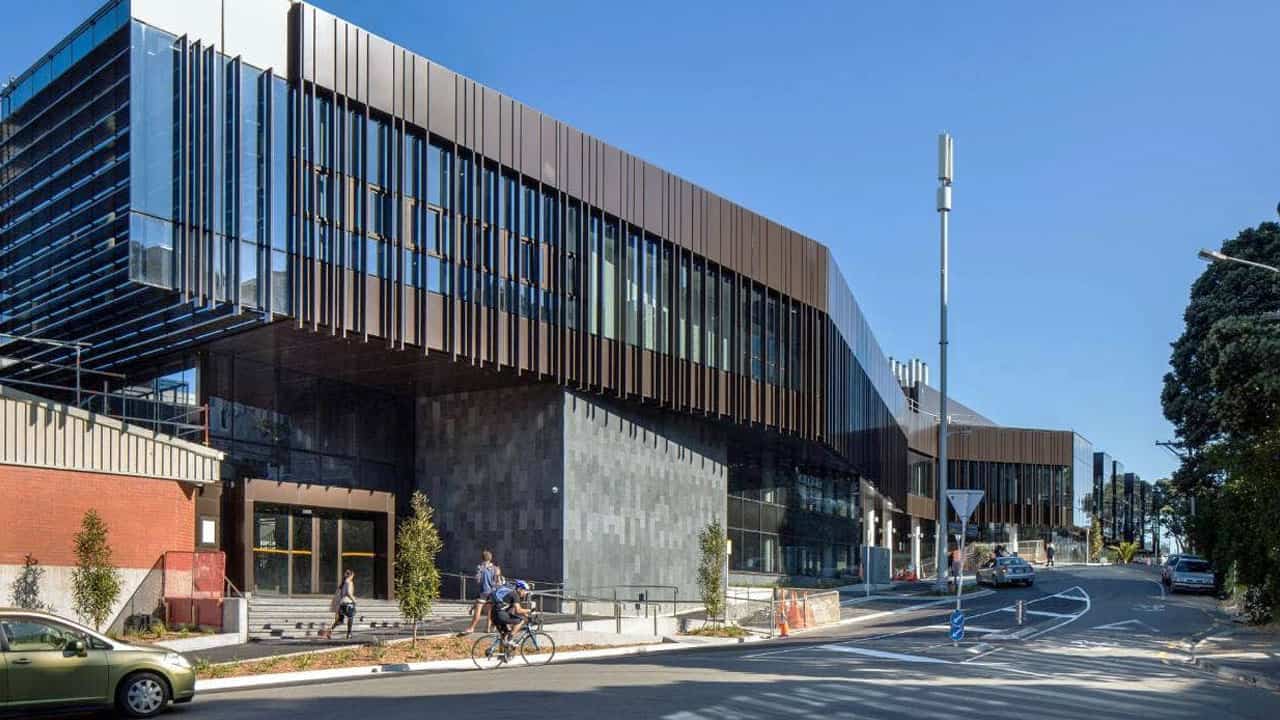The thermo-bio-architectural framework (ThBA) assumes designers will start with a thermal challenge in a building and then look in a systematic way for how this same issue is solved in nature. The tool is thus a contribution to architectural biomimicry in the field of building energy use. Since the ThBA was created by an architect, it was essential that the biology side of this cross-disciplinary tool was validated by experts in biology.





Reviewing thermoregulatory states, passive and active ways of thermoregulation linked to the concepts of endothermy and ectothermy emerged as the most appropriate categorisation for the ThBA. This is because the concepts of endothermy and ectothermy had exact parallels in energy efficient building design.
The resultant ThBA was used in the form of three diagrams in a focus group panel of biological experts to evaluate its inclusiveness and usability. This expert focus group confirmed the biology side of the thermo-bio-architectural framework and approved its applicability in terms of categorising biological thermal adaptation strategies based on thermal needs.
They confirmed the thermoregulation strategies were comprehensive and represented an inclusive list of biological organisms. This also showed the areas where sustainable building design cannot replicate biological thermoregulatory mechanisms.
It also appeared that some biological thermoregulation strategies are energy-consuming, making thermoregulation in buildings and organisms incompatible in some aspects, although this could be due to the limitations in the current ways of designing sustainable buildings
Read full published article here:
Biomimetics 2020, 5(4), 50; https://doi.org/10.3390/biomimetics5040050
